
Archaeology
Archaeology is the study of human history and prehistory through the excavation and analysis of artefacts, structures, and other physical remains.
Archaeology is the study of human history and prehistory through the excavation and analysis of... View more
Mine clearance on Westerplatte Peninsula reveals 4,700 WWII explosives and artifacts
-
Mine clearance on Westerplatte Peninsula reveals 4,700 WWII explosives and artifacts
A mine clearance operation on the Westerplatte Peninsula has unearthed over 4,700 dangerous objects from World War II, along with nearly 3,800 historical <a class="wpg-linkify wpg-tooltip" title="
Artifact
An artifact or artefact (British English) refers to any portable object or material that has been created, modified, or used by humans. It is the basic “unit” of archaeological analysis. Artifacts can vary widely in terms of size, material, and purpose. They can include tools, pottery, jewelry, weapons, clothing, and more. These diverse forms may at times be mistaken for ecofacts and features, with all three often coexisting within archaeological sites. Archaeologists study artifacts to learn about the technological advancements,” href=”https://archaeologymag.com/encyclopedia/artifact/” target=”_blank”>artifacts spanning several centuries. This extensive effort was conducted under the auspices of the Museum of the Second World War in Gdańsk.
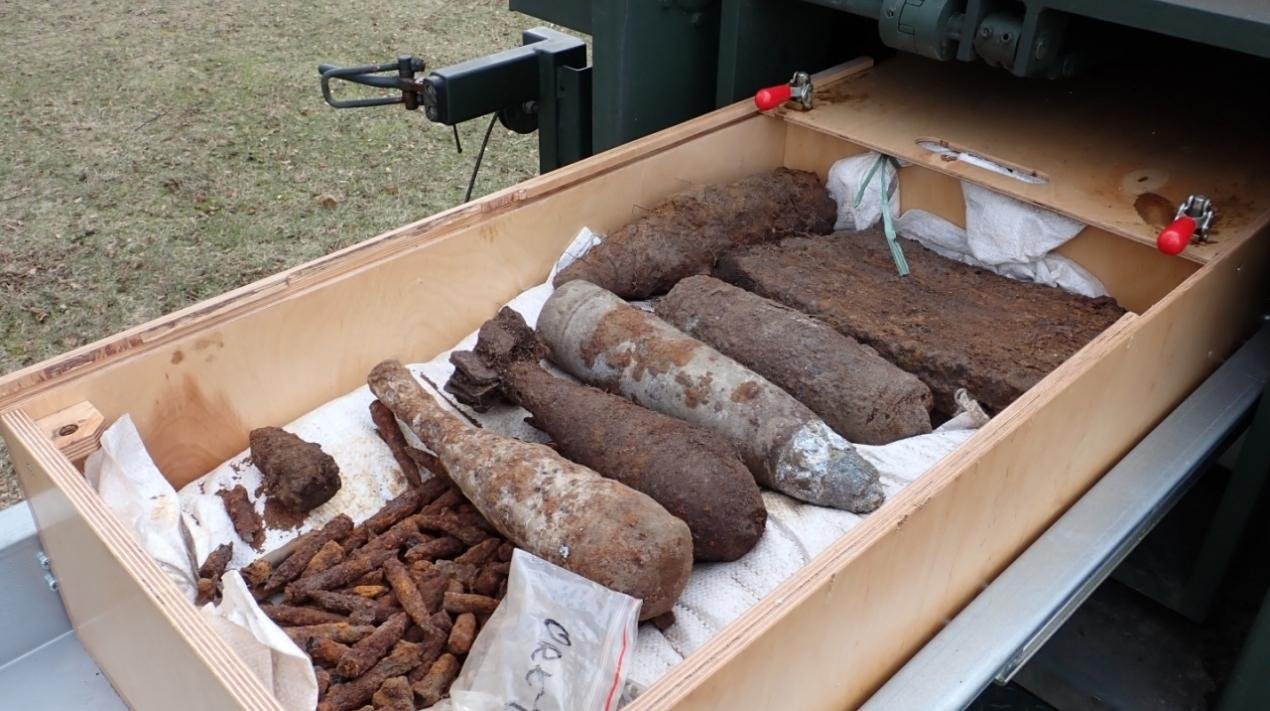
Credit: Museum of the Second World War in Gdansk Situated at the mouth of the Dead Vistula on the Baltic Sea coast, Westerplatte was the site of one of the first clashes between Polish and German forces during the invasion of Poland in WWII. The Polish garrison’s heroic defense, holding out for seven days and repelling thirteen German assaults, became a symbol of Polish resistance. This battle significantly ******* German forces, preventing over 3,000 soldiers from providing support in nearby battles such as Hel and Gdynia.
The mine clearance project began in 2016 and continued over several years, covering plots 25/2, 68, and 3/5, and more recently, parts of plots 20, 24, 26, and 27. In total, specialists examined over 13.5 hectares, discovering a staggering array of dangerous objects, including three aerial bombs—one weighing 500 kg and located just 30 cm below the surface.
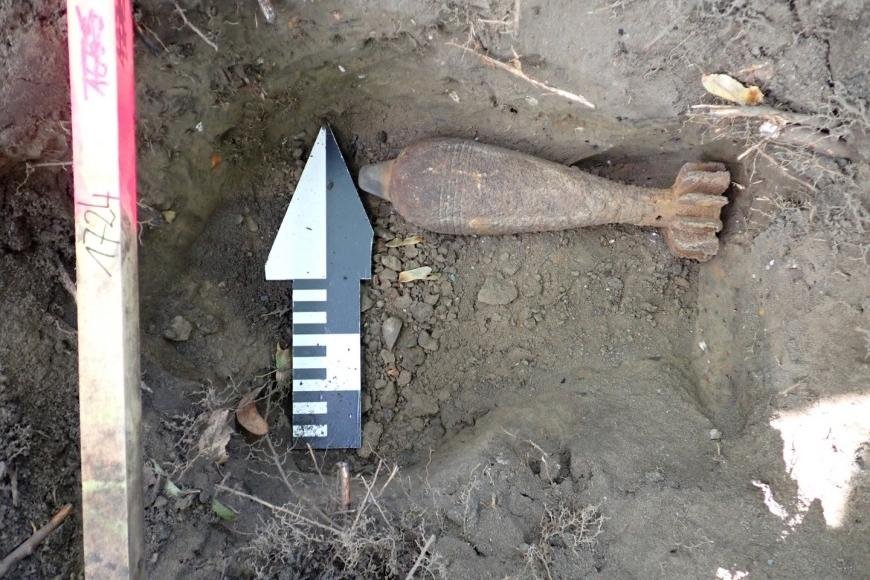
Credit: Museum of the Second World War in Gdansk Among the dangerous items neutralized were nearly 200 artillery shells, varying in caliber from 20 mm to 210 mm, mortar and hand grenades, fuzes, and small arms ammunition. The meticulous work ensured these hazardous remnants from past conflicts were safely removed, significantly enhancing the safety of museum staff and the numerous tourists visiting Westerplatte.
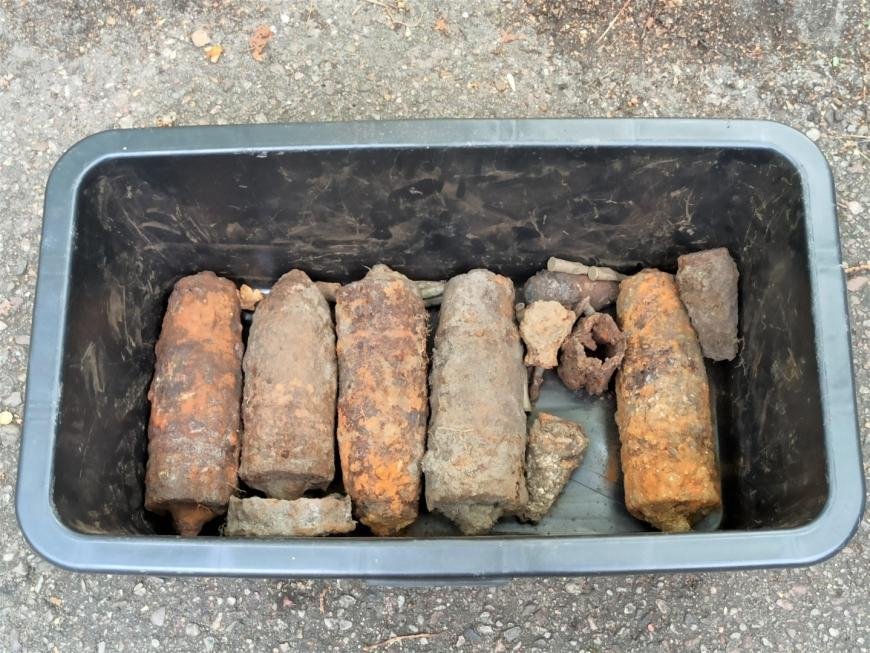
Credit: Museum of the Second World War in Gdansk Alongside the explosives, the clearance operations also uncovered an impressive collection of historical artifacts. Nearly 3,800 items related to the history of Westerplatte from the 18th century to the post-war period were found.
These included cannonballs and musket balls from the War of the Polish Succession (1733-1738) and the Napoleonic period (1799-1815), coins, decorative stove tiles from the resort period, and numerous artifacts from the era of the Depot’s operation and defense, such as uniform elements, weapons, railway infrastructure parts, and lead seals securing WST facilities.
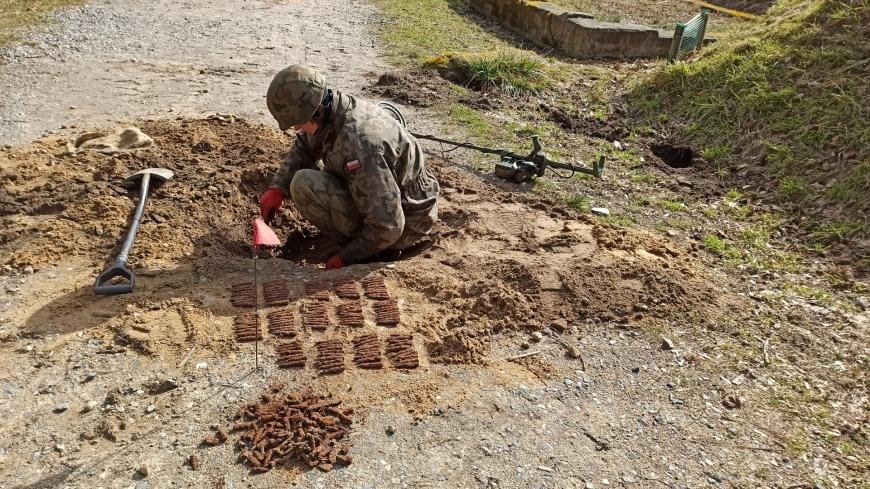
Credit: Museum of the Second World War in Gdansk The operation was a coordinated effort involving multiple entities. Soldiers from the 43rd Naval Sapper Battalion, the Engineer Battalion Company from the 2nd Sapper Regiment from Kazun Nowy, and specialists from private companies worked under archaeological supervision to ensure both the safe removal of dangerous objects and the documentation of historical finds.
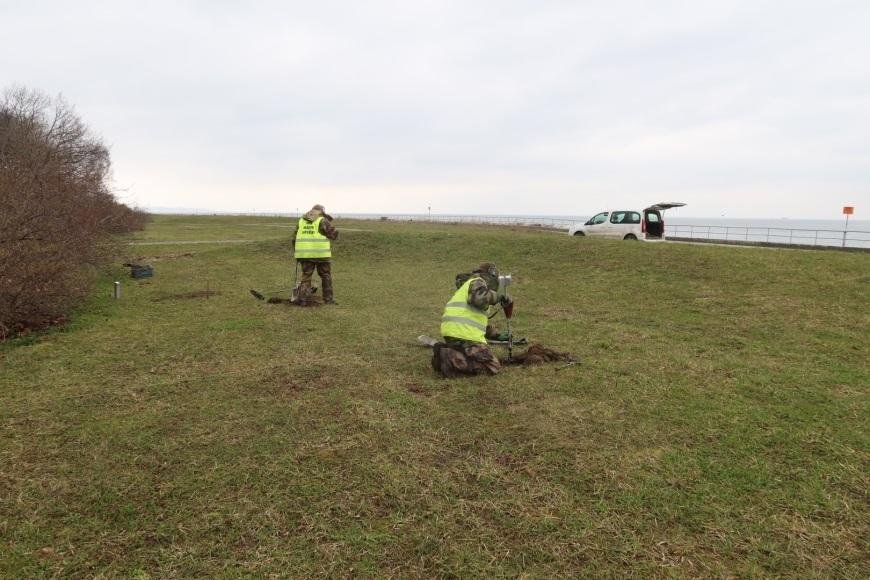
Credit: Museum of the Second World War in Gdansk The final stage of the operation, conducted from March 19-29, 2024, covered an additional 2.5 hectares to a depth of at least 30 cm. During this phase, 49 dangerous objects were discovered and neutralized, and over 180 historical artifacts were documented.
Sorry, there were no replies found.
Log in to reply.
